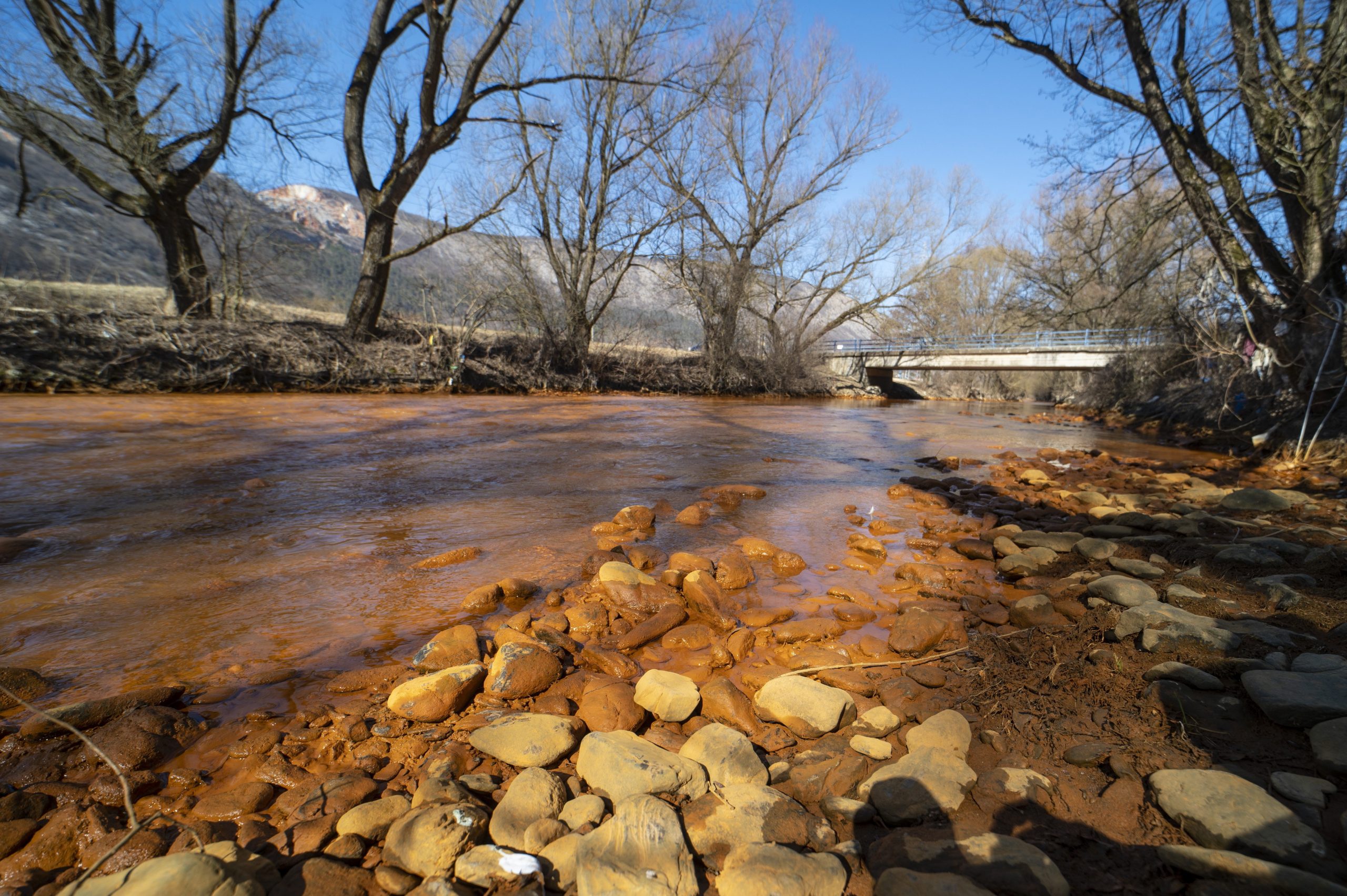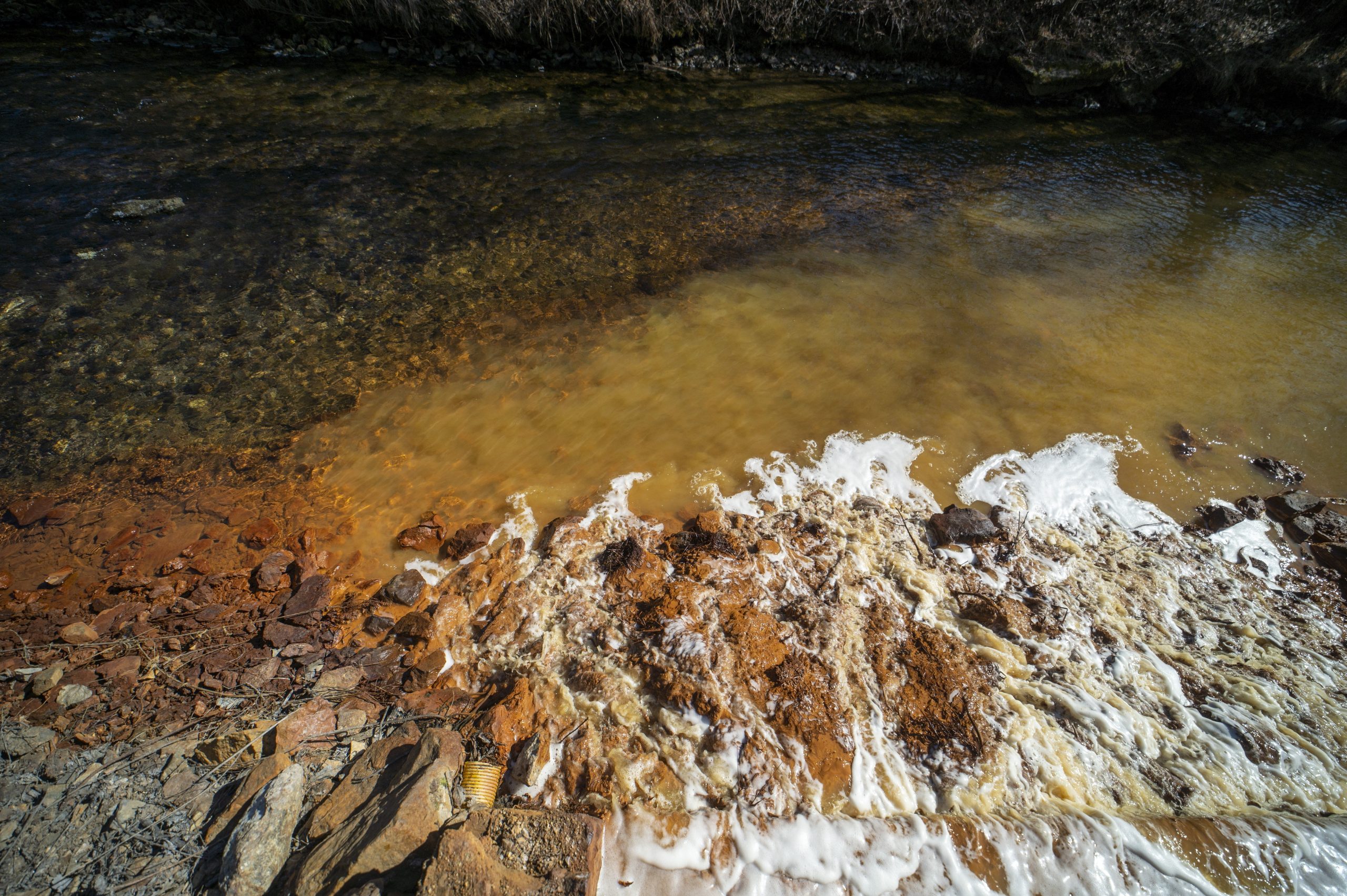
Agriculture Minister István Nagy welcomed Slovakia's steps and said Hungary was ready to help in any way to curb the damage, the ministry said on Monday.Continue reading

The environmental disaster in the Sajó has been ongoing for three months now. From the state-owned Siderit ore mine in Nižná Slaná, in Slovakia’s Rožňava district, 1.5 million liters of heavily polluted water flows into the river every day, containing 4.2 tons of iron, 38 tons of sulfate, 1.7 tons of zinc, half a ton of manganese, and five kilograms of arsenic. At the end of May, work began on the Slovakian section of the Sajó River to stop the pollution. According to official data, the Hungarian section of the river has so far been spared from pollution.
Following last week’s announcement by Slovakia’s Environment Minister Ján Budaj, work began on Friday, May 27, to eliminate pollution on the Slovakian section of the Sajó River.
On Monday, the Slovakian Environment Minister Budaj, and the Hungarian Agriculture Minister, István Nagy, held a video conference to discuss the condition of the river.
Nagy stressed that Hungary is interested in the successful completion of the work to eliminate pollution as soon as possible. The minister welcomed the fact that Hungary’s northern neighbor is taking concrete steps to stop the pollution of the Sajó River. He added that Hungary does not want to interfere in Slovakia’s internal affairs, but the situation must be resolved as soon as possible.
The minister stressed that Hungarian experts are ready to help clean up the pollution if assistance or technology is needed. The statement of the Ministry of Agriculture said that the protection and preservation of our created world is our common task.
Even though earlier reports claimed that the river’s wildlife had been completely wiped out in the affected area, fortunately, this is not entirely true.
Although that stretch of river has become void of aquatic life, much of the wildlife was able to migrate out of the area. If the work to clean up the pollution is successful, life will return to the damaged section of the river.
Featured photo by Péter Komka/MTI